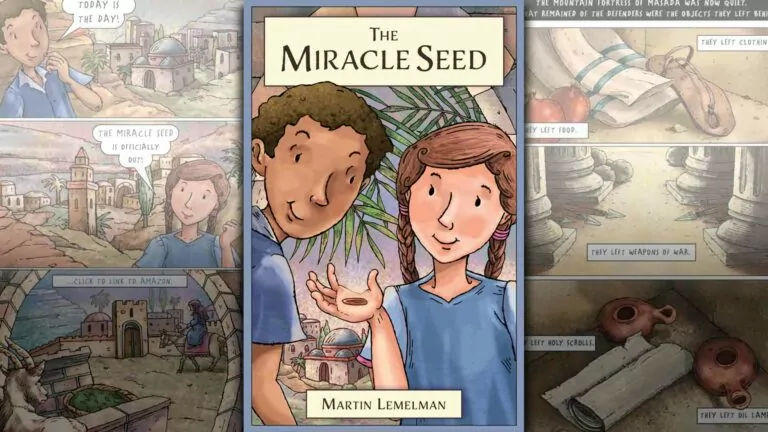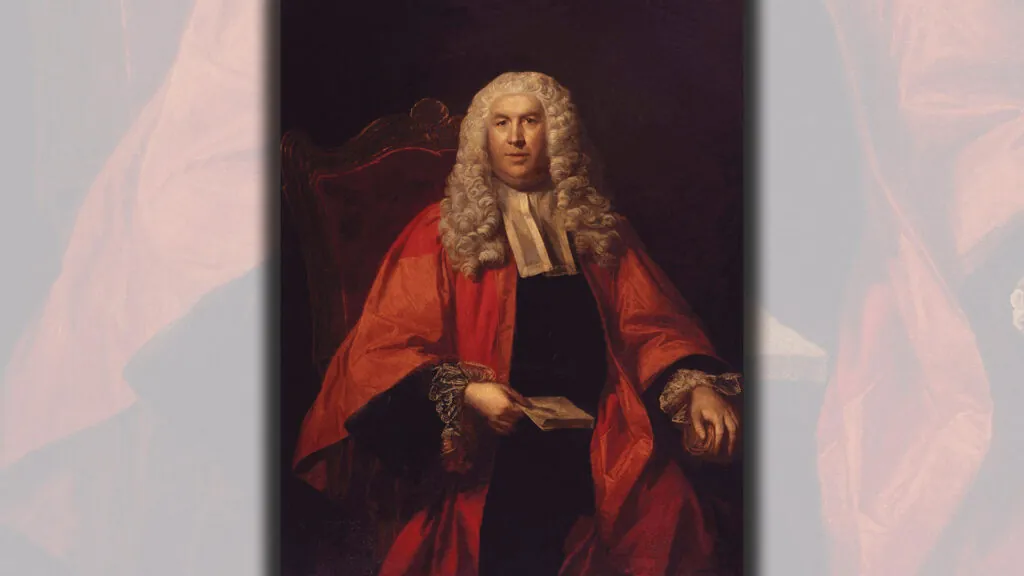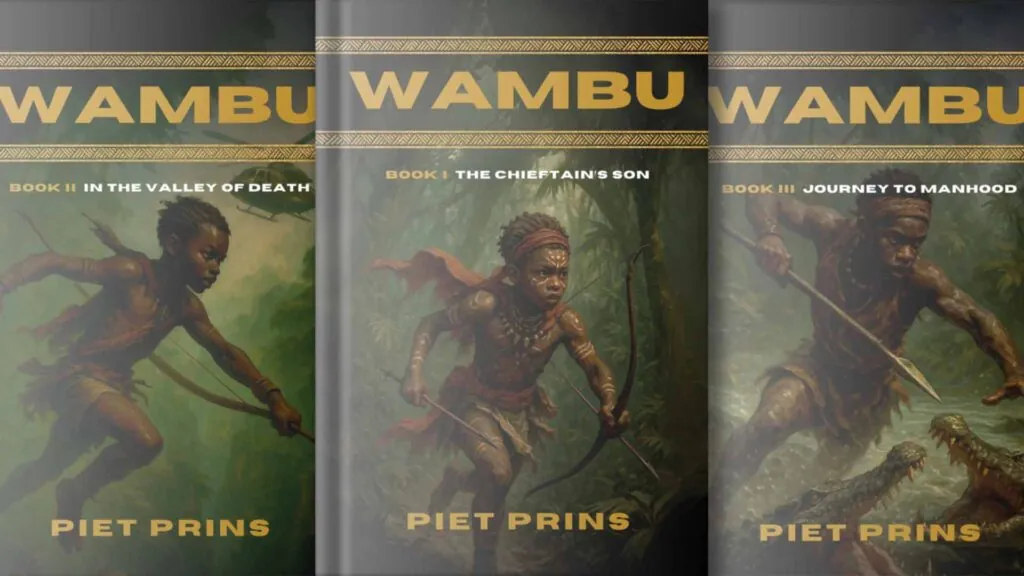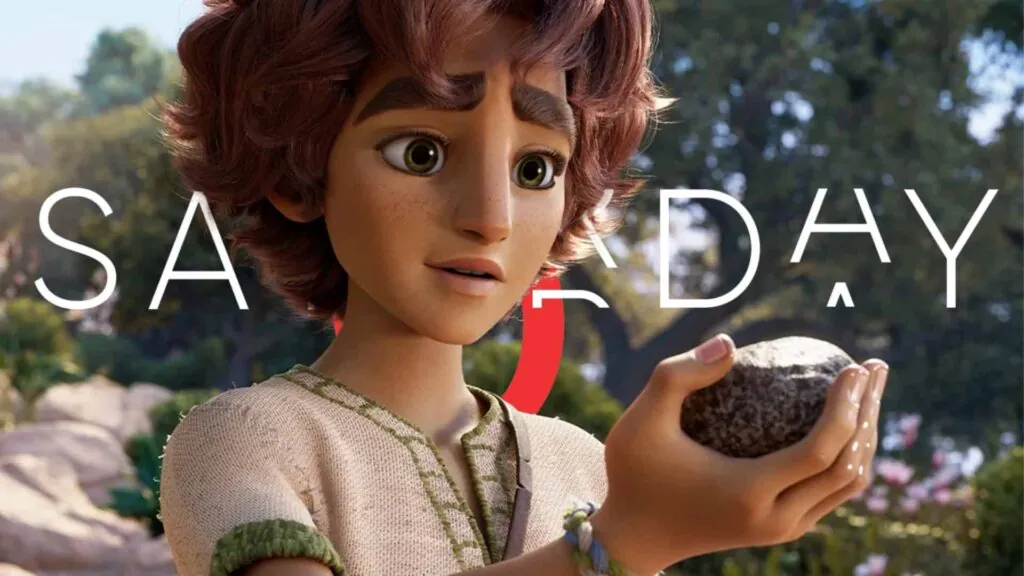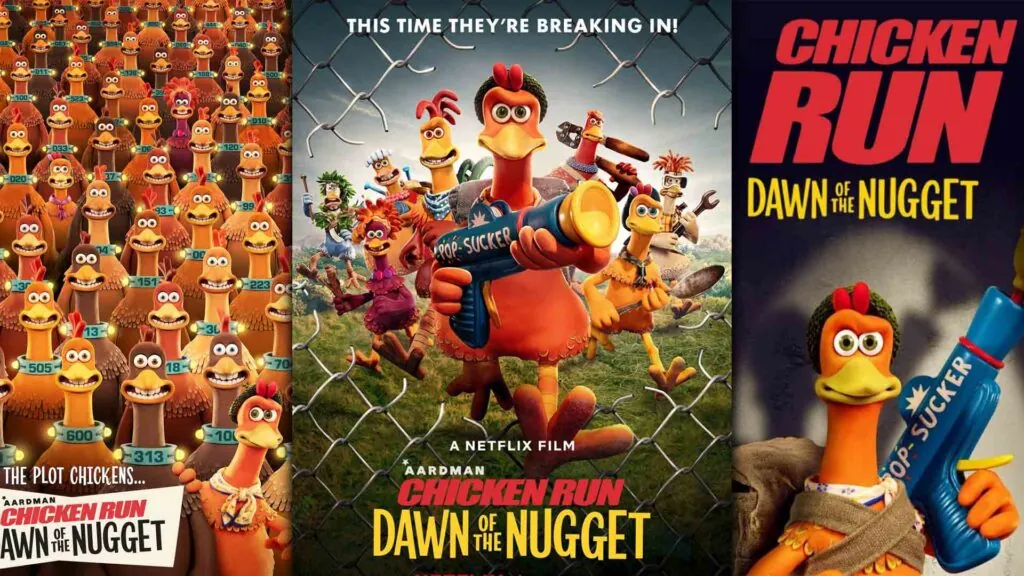by Martin Lemelman
2023 / 80 pages
In 70 AD, after besieging Roman forces destroyed Jerusalem and the Jewish Temple, they went on a destructive rampage through the rest of Israel, killing thousands of Jews and enslaving thousands more. And, as this graphic novel shares, they also cut down and burned groves of Judean Date Palm Trees.
Eventually, a small group of Jewish forces retreated to the hilltop fortress of Masada. Numbering under one thousand, they tried to outlast a Roman force ten times their size, but it was only a matter of time. And when the Jews lost, they left behind broken weapons, scraps of clothing, and pots to be buried by the drifting sands… only to be uncovered by archeologists millennia later. Amongst those pots was one that contained Judean Date Palm seeds.
The Judean Date Palms that remained after Rome’s rampage didn’t fare well without people around to tend them. Even the wild varieties started dying off, though we’re told it is unclear whether that was due to changes in climate or perhaps the activities of the Crusaders one thousand years later. All we are sure of is that in our modern day the Judean Date Palms were only known by their accounts in the history books – they had been extinct for hundreds of years.
The comic continues the story in 1963, when that the jar of seeds was discovered. The six seeds inside were put in a drawer and forgotten about for 40 more years.
Then a medical researcher got involved. Dr. Sarah Sallon wondered if what she’d read about the Judean Date Palm’s healing powers might have been true. And that got her wondering if those six seeds could be used to revive the species!
As the title gives away, the trees did have an amazing comeback. It was quite a process, involving inventiveness and imagination – who would have thought it could be possible to sprout seeds thousands of years old?
Caution
The author is Jewish, and that comes out in a couple of quotes from Jewish commentaries. The first, opening the book, is nonsense, and a young audience might need to be told that nowhere in the Bible does it say, “There is no plant without an angel in heaven tending it and telling it, ‘Grow!'”
The only other caution is that the title miracle is never ascribed to God – He is not mentioned.
Conclusion
This will be fascinating read for students curious about science or history – there’s more than a bit of both here. I’d recommend it for Grade 6 and up, including adults who will appreciate this as a quick, light read about an intriguing topic.







